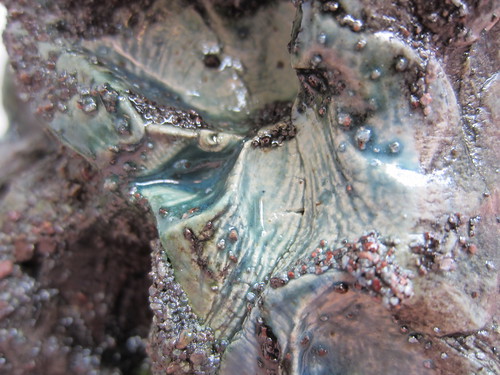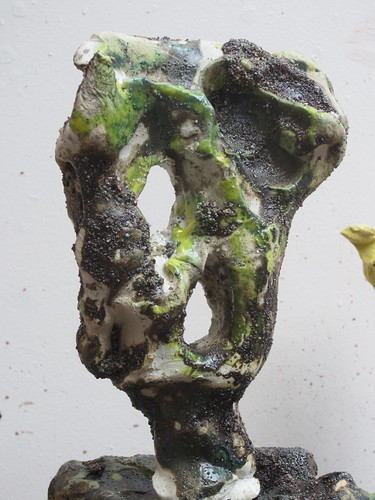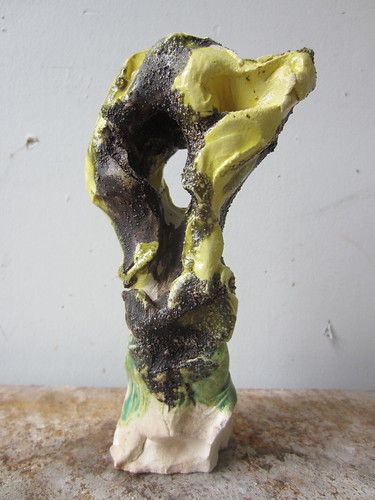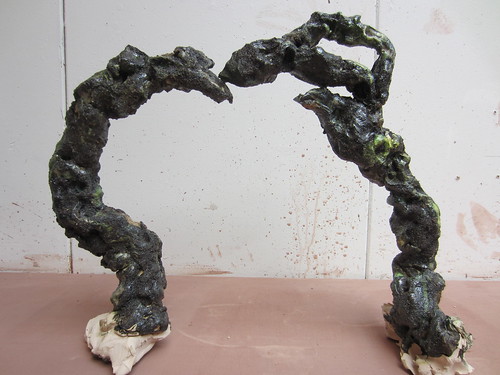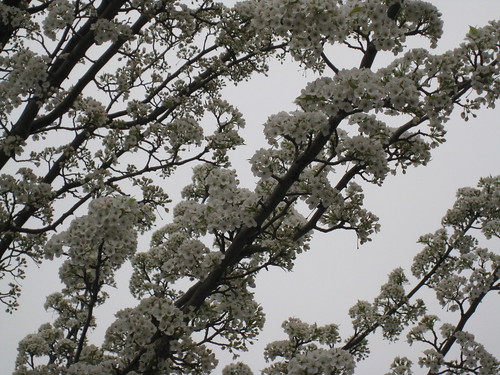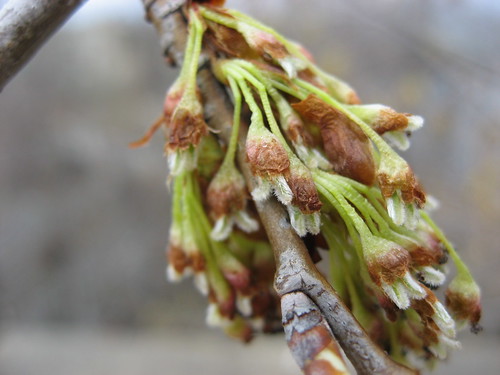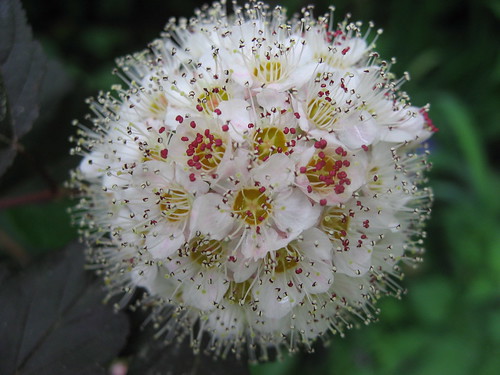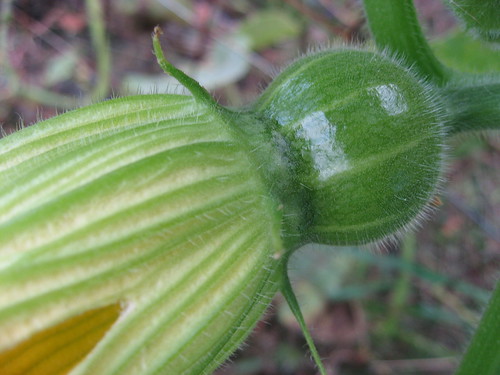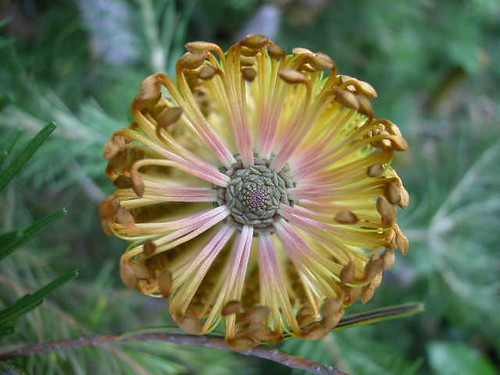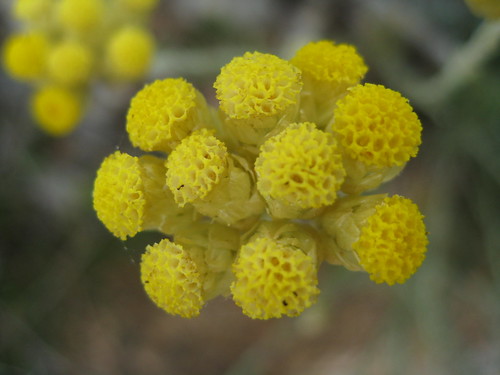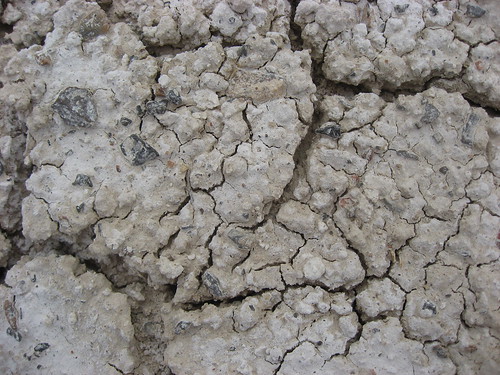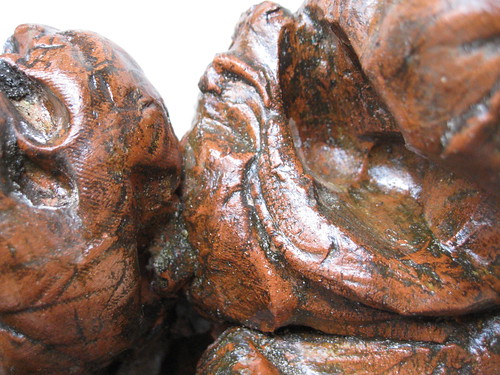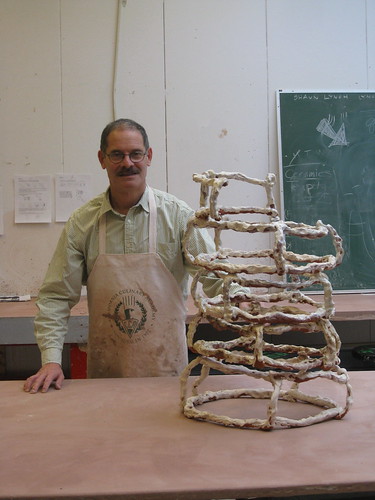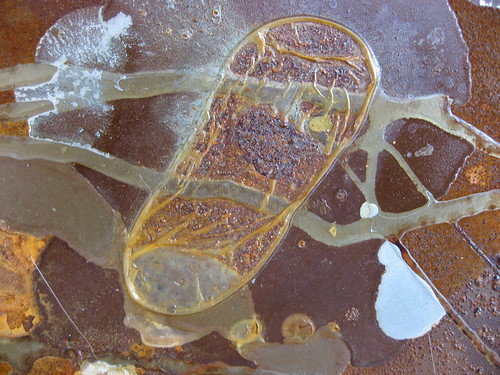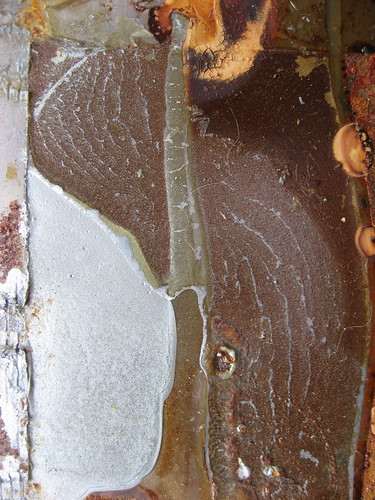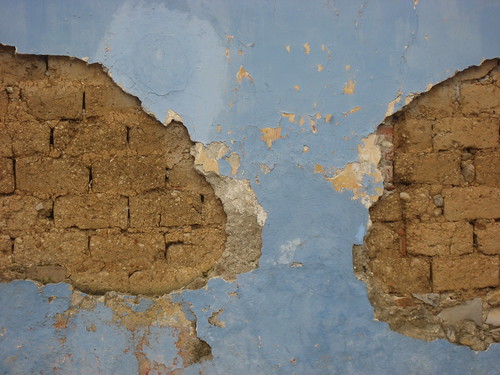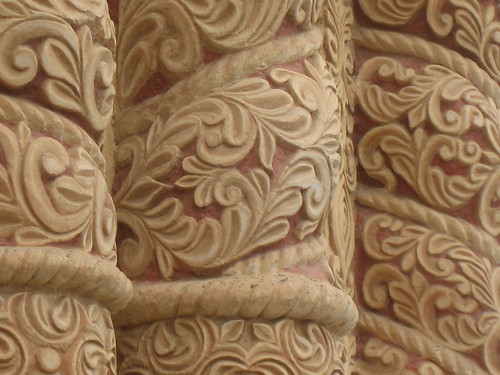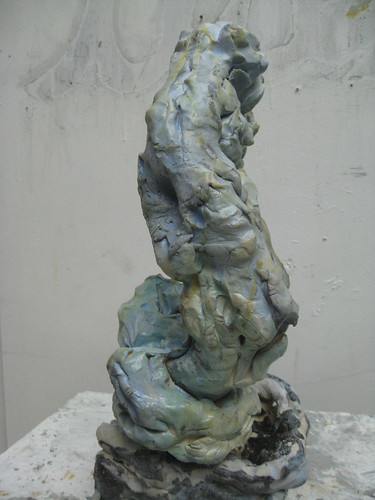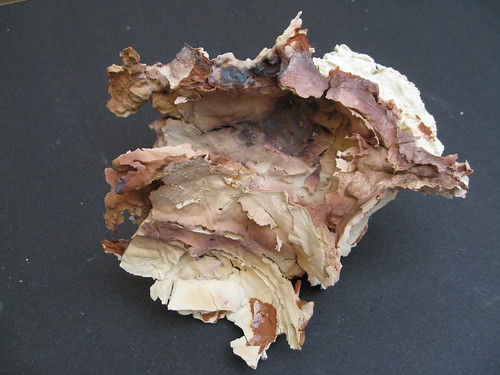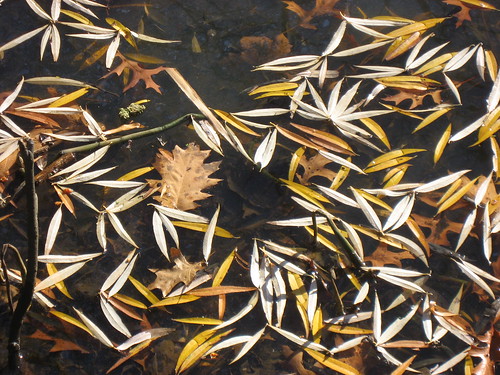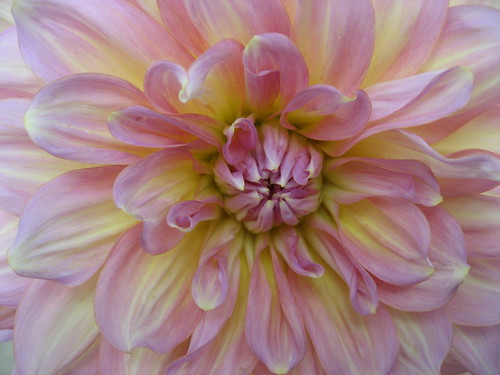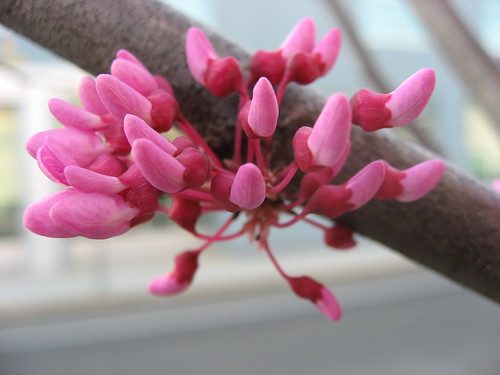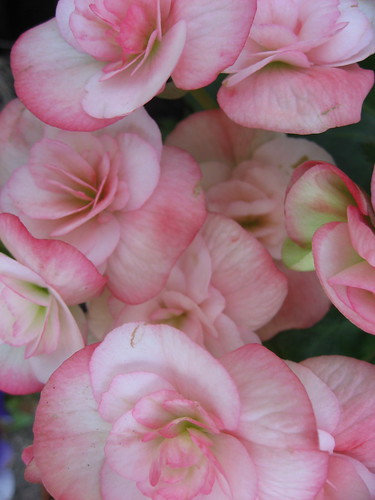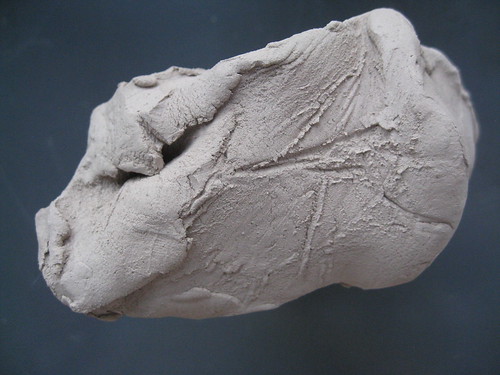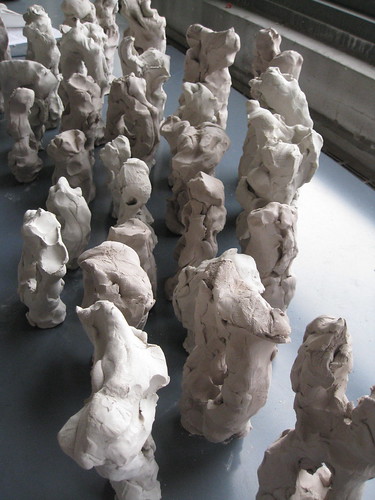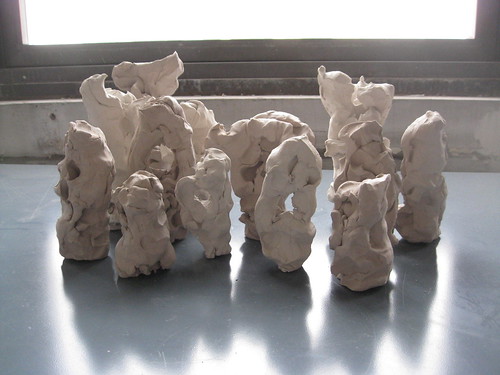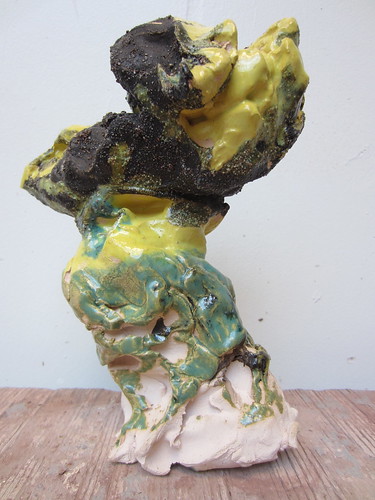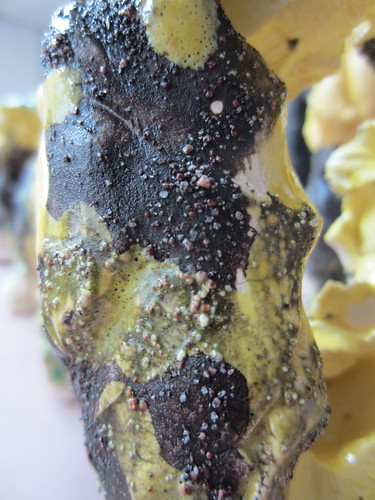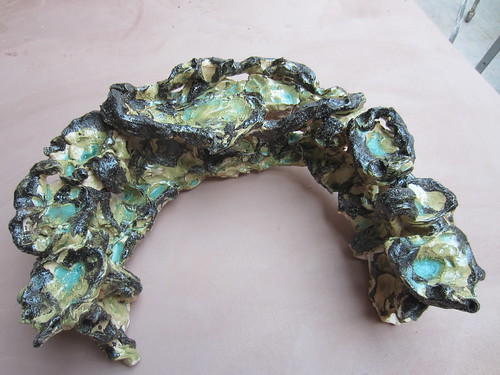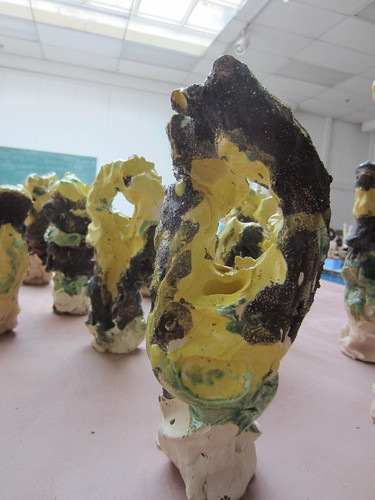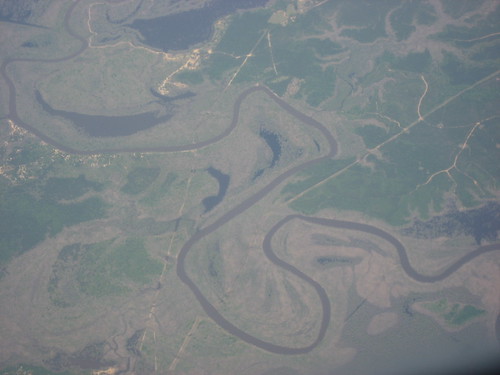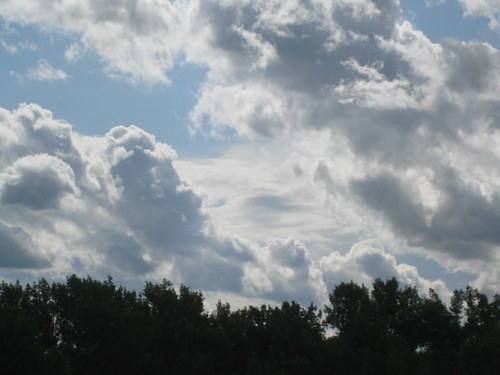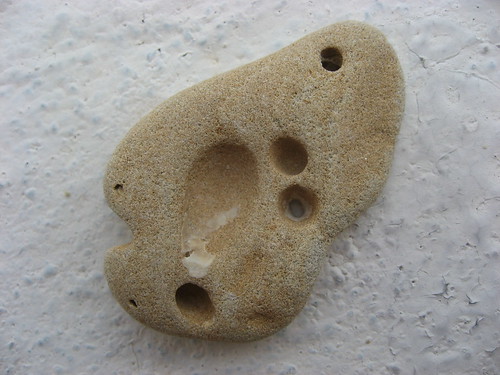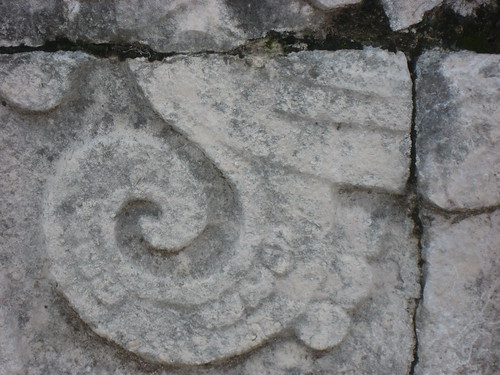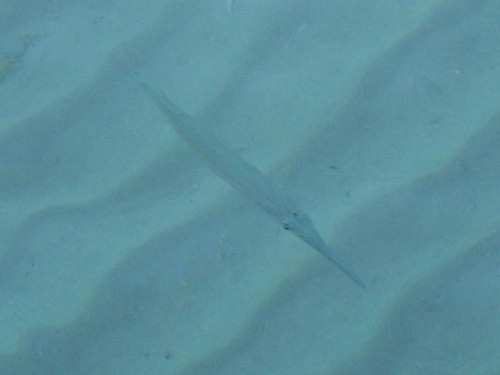Yesterday I was drawn back to the late Renaissance Room at the Museum of Fine Arts in Boston. What drew me back was the overwhelming feeling of motion captured. Each of the paintings in that room is filled with motion, from clouds and angels to the little finger on the smallest figure. The feeling of turbulence, movement, and drama, is something I had never experienced before in that room. Yet I think it is one characteristic that unites all the paintings there.
Many of the paintings depict themes that are less than pleasant. The artists seem to have captured a world where change is fast upon us and everything is in motion, sometimes catastrophic. But they have captured that motion in an extraordinarily effective way.
Things shatter. Especially clay things like I work on in my free time. Things break on the way to the kiln. Things break in the kiln. And things break when you drop them.
Usually objects and sometimes situations shatter uncontrollably and unexpectedly. Can we capture the motion and harness it?
Several years ago my department was cut in half. It happened rather suddenly in academic terms, over a period of several months. There were various reasons given but the bottom line is that our dean didn't value the natural sciences in a liberal arts environment. It sounds as strange now as it did then.
Our group was shattered and it took some time until we got our bearings. We worked very hard to reconfigure our curriculum to better engage our students. We went from a longstanding, entrenched set of core courses to general education courses we each taught from our own perspective. We fought uphill to find meaning, value, and engagement in an environment that was hostile. Hostility came from the administration but also from students. Few of our students are interested in learning science. All of them want to major in something else. Most of them are sitting through a set of required courses on their way to what they expect will be a major in Finance.
Not the most inviting setting. But one in which we needed to function and repurpose ourselves in order to thrive. Recently we held a routine weekly meeting. It occurred to me that we had re-formed ourselves into a diverse, effective, and strong team. I proposed this to the group and we built a conversation around it.
Where had we come in the past several years? For one thing, we were all teaching courses that were more or less close to our interests, if not in subject matter, very much in the spirit of our particular inquiries. For another, we had all taken the opportunity to hone our own teaching practices. We focused on inquiry-based, active learning, utilizing group projects. Most important, all of us had re-purposed our focus to use Boston as a living laboratory. Our students get out and engage intellectually and physically with our unique urban environment.
I think what we did might be compared to the artists I studied at the MFA the other day. We took an explosive, shattering moment, rode it out, harnessed its energy, and formed a new set of activities based on the momentum we shaped for ourselves.
Capturing motion. An artistic goal and a social goal.
